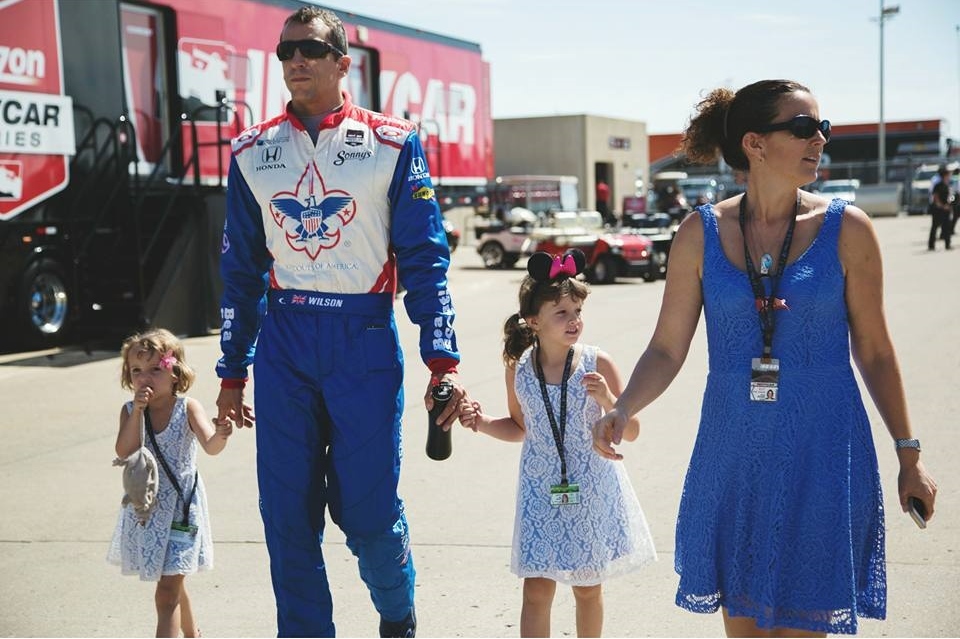Mark Miles: Don’t expect a closed cockpit in IndyCar
 |
| Head injuries due to open cockpits have resulted in 1000's of open wheel drivers dying over the years. Expect more to die with this decision. Who will be next? |
Q: The Justin Wilson accident report presented no pressing issues for safety improvement?
A: It reinforces the risks, I think, of the open cockpit and further energizes efforts in motor sport to try to reduce those risks.
Q: What's the state of that energy currently?
A: I was in an hour-and-a-half conversation with outside people who are involved in aerospace and NASA, people who do things like provide cockpit cover for jet fighters. First of all, it should be known that Formula 1, for a very long time has been working on this and it's fair to say they've had the lead. But (IndyCar safety consultant and Global Institute for Motorsports Safety member) Dr. Terry Trammell has really had all the information flowing from that work for a long time, so I think we've been totally plugged into it. So the call was very helpful in discussing with outside expert perspective all kinds of the hurdles.
What are the things that you have to solve for? And that's everything from what they call egress to heat. Obviously, the foundational point is whether there's a solution which protects the driver and there may be no solution which provides complete protection if you get into a situation like in Las Vegas (where driver Dan Wheldon died as a result of head injuries when he stuck a catch fence support). But it's how much more safe can you make it while proving for not having unintended consequences.
By the way, this is not necessarily about a completely closed cockpit. It could be more of an apron … if something hits that, they do these deflection studies in these industries, and it's possible (the object) could be propelled higher and further and an unintended consequence could be the risk of something going into the crowd. It doesn't necessarily knock it down and put it on the track if something was coming at a car like that, especially something like a tire that has energy in it. What is clear to me is we've got an outside perspective as do our safety people, on the long list of things you have to address, if there's a solution from things like I just mentioned, to how would we put it on the car, how would you affix something? I was very encouraged for that. These are really bright people who've addressed these problems and challenges for other applications and other industries and hopefully something meaningful can happen.
You're not going to see a change to the car for next year in this regard just because I don't think it's possible.
